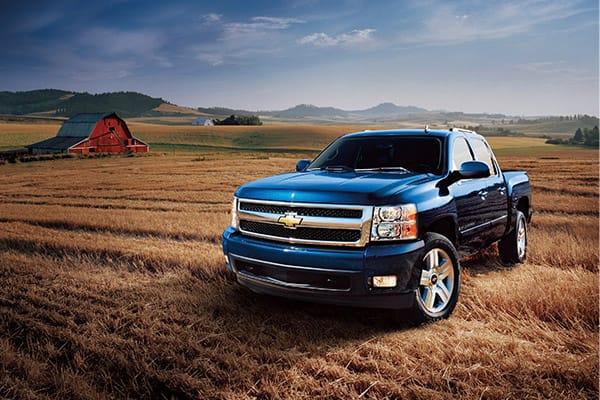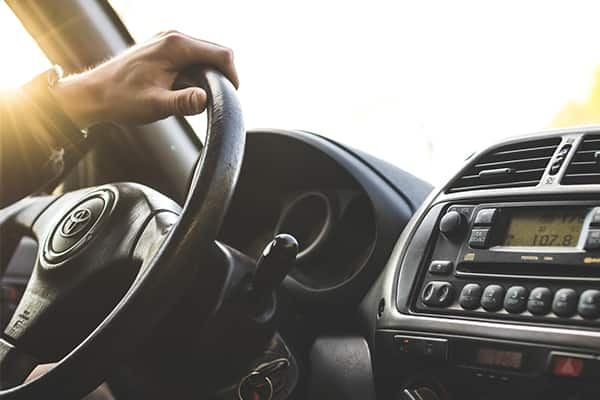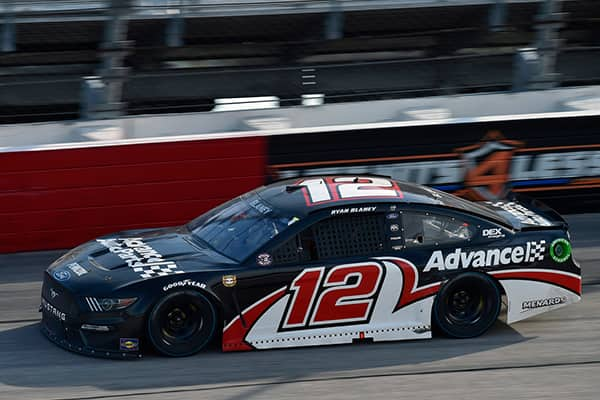Making vehicles quieter and smoother has been a major goal of automotive engineers since the Model T days. In fact, there's a whole discipline of automotive engineering devoted to this, formally called Noise, Vibration and Harshness (NVH).

Car noise can come from lots of things—wind around the window seals, tire noise, exhaust and intake noise, engine and drivetrain, even a whistle from around a radio antenna. It can be amplified when certain frequencies cause resonances in the body and interior, and engineers use instruments like acoustic cameras, dynamometers, accelerometers and subjective impressions to isolate and identify sources of noise.
Engineers will perform these studies on early production vehicles, as well as in the development process. To deaden or eliminate noise, they can incorporate sound-deadening mats, different interior materials, stiffen the chassis, change the response and stiffness of bushings and other elastomeric parts, or can re-balance rotating parts or tune intakes and exhausts differently.
There are plenty of other causes for noise, though, such as a squealing belt, rattling interior trim pieces, squeaking or thumping suspension parts, or squeaky brakes. When it comes to ambient or road noise, though, there's often not a lot you can do about it.
Then there's...
Vibration
There are all different kinds of vibrations that can occur in your vehicle. Some can be felt through the steering wheel, others through the brake pedal or gas pedal, others through the floorboard or seat. Still others can be felt at specific speed ranges, and might disappear when you're going faster or slower. We'll run through a few possible causes, and what can be done to address them.
- Vibration while braking: This one is pretty common, and pretty easy. Worn brake rotors can warp slightly, and this can cause a pulsation through the brake pedal while braking. A mechanic can measure runout in the rotors using a micrometer, and if the rotors are too far out of spec they'll need to be replaced.
- Vibration at idle: Many times, a noticeable vibration at idle (especially in gear) can come from exhaust hangers or other exhaust parts that are worn, damaged or failed. That can be enough to allow the exhaust system to shake and vibrate along with the engine and may be accompanied by a rumble or booming noise. A vibration at idle can also be due to a poorly-idling engine, with a miss in one cylinder due to a worn spark plug, clogged injector, or other problem.
- Vibration while accelerating or climbing a hill: This is often a sign of a motor mount or transmission mount that's starting to fail, and the engine and transmission are torquing to one side under load. Failed motor and transmission mounts are especially common in front-wheel-drive vehicles. It's easy to diagnose a weak motor mount—just pop the hood, start the engine, and put the car in gear with your foot on the brake. While you firmly hold the brake pedal, press down on the accelerator and have an assistant watch to see if the engine moves around excessively in the engine bay. Problems with FWD motor mounts can also be indicated by a clunk when letting off the accelerator.
- Vibration felt through floor: More often than not, a vibration through the floor or seat is coming from the wheels and tires. It could be due to a tire that's starting to fail due to tread separation, a bent rim or a rim that's slightly out of balance. These vibrations might show up at certain speed ranges and go away when you speed up or slow down, or could get progressively worse as you accelerate.
- Vibrations felt through steering wheel: This one can get tricky, and there are a lot of misconceptions about front ends and vibrations. Vibration can come from an out-of-balance wheel or can be due to worn struts or shocks that can no longer damp the vertical motion from the springs effectively, causing cupped tire wear. Vibration can also originate from worn wheel bearings, a problem that might present itself more dramatically when turning. These are rotating assemblies, though, and are a different issue from a drift in steering angles and poor alignment. People seem to think that worn suspension parts or poor wheel alignment can set up vibrations through the steering wheel, but vibration always originates from a rotating assembly of some sort. Alignment issues can originate from a hard hit on a pothole or curb, knocking everything out of spec, or can come from tie rod ends, pitman arm and other front-end parts that are too worn to hold an alignment. A shimmy in the wheel, a pull to one side or another, or a tendency to wander can all be signs of alignment problems or excessive wear, but that's all separate from vibration. Instead, steering-wheel vibrations are usually from the causes we laid out above: wheel or tire issues, or motor mount problems or driveline issues on an FWD vehicle, which leads us to our next point...
- Front wheel drive driveline problems: A CV joint and half-shaft that are about to fail can cause vibration on an FWD car. The half-shaft has constant-velocity joints at the inside and outside, and it's the inner joints in particular that can cause vibrations, often only at certain speed ranges. This can be a difficult problem to nail down, but a fairly sure indicator is when the vibration gets worse when turning but smooths out again when the wheel is straightened up. A fairly sure way to diagnose a failing CV joint is to roll down the windows, turn off the radio and drive in a tight circle, listening for a ratcheting or clicking noise. Failing CV joints might also result in a spatter of oil on the inside of a wheel. Learn how to replace CV joints here.
- Rear wheel drive vibration: If it seems that the vibration is coming from the rear of the vehicle or can be felt through the floorboard (and you've ruled out wheels or tires), a RWD vibration is usually the result of U-joints, center joint, driveshaft or differential problems. U-joint problems will also be accompanied by a noticeable clunk when putting the vehicle in gear, accelerating or letting off the gas. Orange dust around the U-joints is a sign of dried-out U-joints that are about to fail. Differential problems can come from poor lubrication, and are more common with an RWD limited-slip differential. If your vehicle has a limited-slip rear end, it will require special gear oil. If you're not sure about whether it's limited-slip or not, raise the rear of the vehicle and spin one wheel. If the other wheel spins in the opposite direction, you do not have limited-slip, but if both wheels spin in the same direction, you do. Lastly, vibration can come from a damaged or dented driveshaft. It can only take a fraction of an ounce of imbalance to set up a powerful vibration from this rotating part. Read more about rear wheel drive vehicle vibrations here.
So to wrap things up...
If you're trying to track down a vibration, it can be a tricky process. Just remember that, like with any other diagnosis, you should start with the simplest stuff first in your process of elimination. In other words, start by examining your wheels and tires, then work your way through the process from there.








